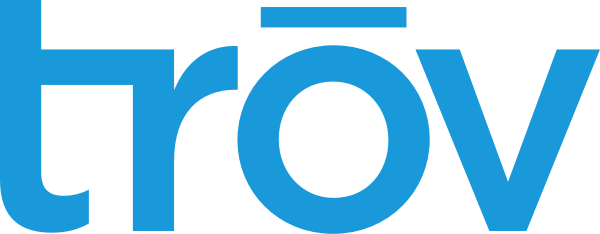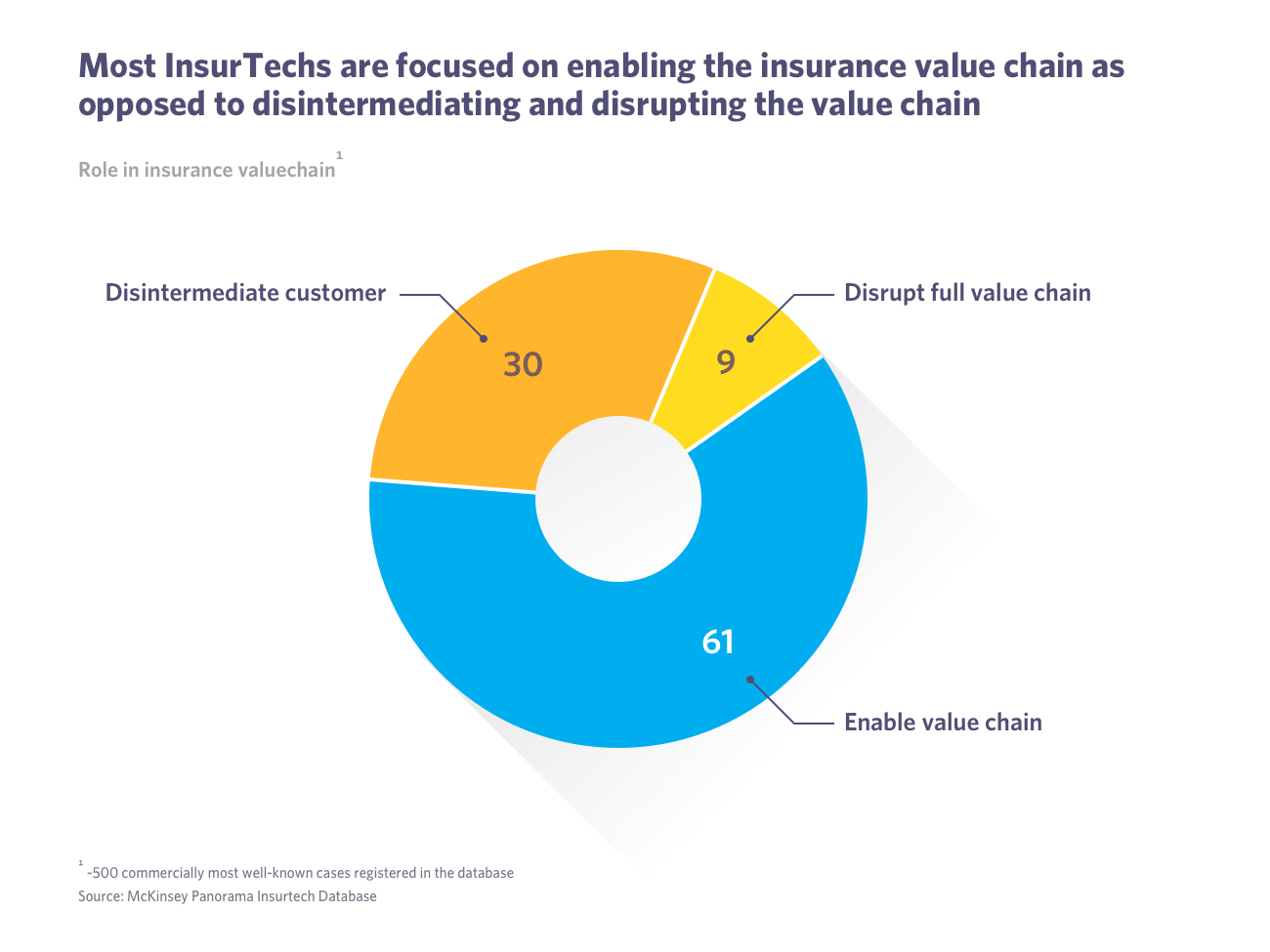
This is the final installment in a series of posts, in which we describe the trends disrupting the insurance industry – and how Lean can help incumbents survive and thrive amidst the disruption. If you missed the first two posts in this series, start reading here.
Human-Centric Business Models
Successful InsurTechs are not disruptive because of their technology – they’re disruptive because of their ability to leverage technology to provide a distinctively different customer experience. Technology isn’t the driving factor – humans are.
These companies are taking advantage of the industry’s notorious reputation for poor customer service – and complete lack of concern for customer experience.
Tech-enabled startups are shifting away from product-centric business models, towards human-centric models that provide the service, product, and price customers want – with an experience that demonstrates a true understanding of their needs. They’re developing high-tech solutions to anticipate and meet ever-evolving customer demands – with the simplicity and user experience modern consumers have come to expect. Research by McKinsey suggests that large insurers who are adopting a similar growth mindset are weathering disruption successfully.¹
Here are a few examples of human-centric models – and what large insurers can learn from them.

Insurance Type: Home and Rental
Big Idea: “We treat the premiums you pay as if it’s your money, not ours.”²
About the Business Model: This New York-based peer-to-peer insurance model takes advantage of the distrust many consumers have of large insurers.
Their advertised business model demonstrates trust and respect for the customer’s money: They treat policyholders who care about the same causes as virtual groups of ‘peers’. They use each pool of money to: pay claims, give leftover funds to the group’s common cause, and use reinsurance to cover group claims that exceed the pool. Instead of profiting off of unclaimed money, Lemonade takes a flat 20% of all premiums.²

Insurance Type: Property and Casualty
Big Idea: “Protect just the things you want – exactly when you want – entirely from your phone.”³
About the Business Model: Currently available in Australia and the UK, Trov allows customers to choose which items to protect – and when to protect them – all from a mobile device. Filing claims in the app simulates the experience of sending a few text messages to a friend.
This business model takes a common complaint about insurance – that it is complex, confusing, and unreliable for protecting what truly matters – and leverages it to create a tech-enabled, human-centric service.

Insurance Type: Auto
Big Idea: “Traditional car insurance is unfair to low-mileage drivers.”4
About the Business Model: This model targets the problems facing low-mileage drivers with technology, while providing a personalized, 24/7 customer experience.
MetroMile’s mobile app relies on a small wireless device that securely counts miles to calculate monthly premiums. The app also allows customers to monitor driving history and vehicle health, file claims, and determine the location of their vehicle.
Drivers pay a low monthly base rate (determined based on age, vehicle, driver history, and other factors) plus a fixed per-mile rate every month. According to their website, this saves drivers an average of $500 per year.
Focus of InsurTechs
Luckily, there is hope for large incumbents. Like in the world of FinTech, most “InsurTech” startups are not aiming to completely disrupt the full value chain of the industry. According to the McKinsey Panorama InsurTech database, 61 percent of all InsurTechs today focus on providing services to insurers, and simplifying and digitizing parts of the insurance value chain. Only 9 percent are trying to replace the incumbents, while 30 percent are focused on disintermediating the customer. In fact, many of the startups rely on incumbents for key insurance functions, such as underwriting.¹

The Lean Approach: Put People First
This means that large insurers shouldn’t feel threatened by InsurTech companies – they should learn from them. Even if they only represent a small slice of the overall insurance pie, each of these companies has leveraged a specific pain point in the typical insurance customer experience, and has used a combination of high-tech and high-touch methods to create a human-centric business model that adds more value to their customer’s lives.
In Lean, this customer-centric mindset is part of a concept known as Respect for People.
Respect for People applies to every part of the value stream: It’s the idea that employees want to do their best work, and will do so if they are empowered by a healthy, respectful system. Leaders will get the best results from their teams if they empower them to make smart, informed decisions. Employees will create the best products and services if they respect their customer, and let the customer’s voice (and data) guide their decision making.
In an industry plagued by a reputation of being untrustworthy, adopting a customer-centric mindset could create a path to sustainability for large insurers. According to McKinsey, insurers who have taken pages from the InsurTech playbook are not only more profitable, but are also growing faster.¹
How to Get Started
It is the responsibility of everyone in the organization to practice Respect for People. Here are some actionable ways employees, coworkers, and leaders can practice Respect for People.
Employees
…work with respect for customers and their employer by:
- Making decisions based on customer and market data, not ‘gut’
- Continuously identifying ways to optimize processes for value delivery
- Setting personal and team WIP (work-in-process) limits to ensure sustainable, continuous flow
- Creating quality work that meets customer needs
- Participating in training to learn how to make most effective use of tools
- Make decisions that optimize the efforts of the whole organization
Coworkers
…demonstrate respect for customers and other employees by:
- Continuously identifying ways to optimize processes for value delivery
- Advocating to eliminate waste in practices and processes
- Gathering and sharing knowledge with team members and across departments
- Taking time to reflect on past performance and implement improvement efforts
- Cross-training team members on tools so everyone is as effective as they can be
Leaders
…create an environment that fosters respect by:
- Celebrating successes and failures equally as opportunities for growth
- Encouraging thoughtful testing at all levels of the company
- Making decisions based on customer and market data, not ‘gut’ or ‘experience’
- Hiring and developing talented, humble, and hungry employees
- Empowering employees with the tools they need to succeed
- Frequently working side by side with front line workers – those closest to the customer – to understand the customer experience firsthand
Learn More
To learn more about the topics addressed in this article, we recommend the following resources:
- Trends Disrupting the Insurance Industry Part 1
- Trends Disrupting the Insurance Industry Part 2
- Respect for People: Lean’s Neglected Pillar
- Leading with Respect
- Customer-Centric to the Core
Sources
- Catlin, T., Lorena, Johannes T., Munstermann, B., Olesen, Peter B., Ricciardi, V. (2017) Insurtech – The threat that inspires. Retrieved from https://digitalinsurance.mckinsey.com/insurtech-the-threat-that-inspires/
- Lemonade (home page). https://www.lemonade.com/
- Trov (home page). https://trov.com/
- MetroMile (home page). https://www.metromile.com/
![2018 Survey Results Show Businesses Have Yet to Conquer Project Collaboration [Infographic]](https://blog.planview.com/wp-content/uploads/2018/07/2018-Survey-Results-Show-Businesses-Have-Yet-to-Conquer-Project-Collaboration-Infographic.jpg)
![New Perspectives from the The 2018 Project Collaboration Survey [Webcast]](https://blog.planview.com/wp-content/uploads/2018/06/diverse-teams.gif)


